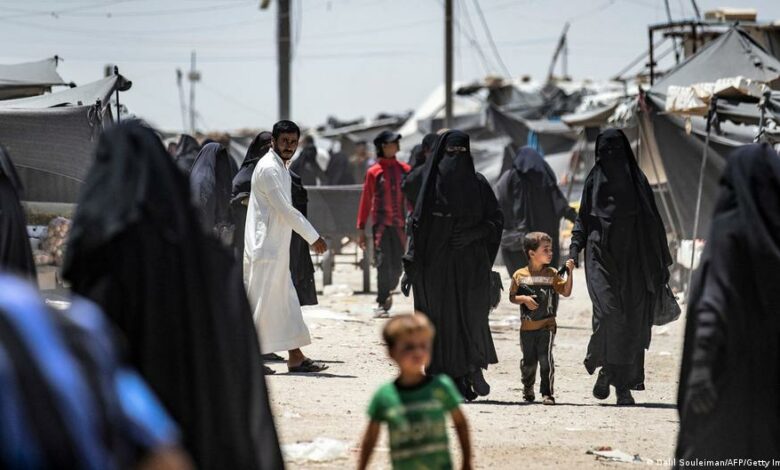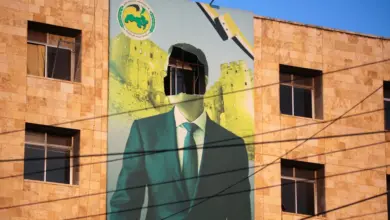
Children are dying every week in overcrowded camps in northeast Syria, NGO Save the Children said on Thursday.
The charity said two children die each week in al-Hol, one of the overcrowded camps where families with suspected links to the “Islamic State” (IS) group are stranded. At least 62 have died in those camps this year alone, the group said.
Al-Hol and Roj house over 60,000 people, around 40,000 of whom are children. Along with Syrian and Iraqi nationals, people from 60 other countries around the world, many of whom unwillingly lived under IS rule, are housed in the camps.
A total of 73 people, including two children, were murdered in al-Hol alone this year.
Western countries ‘abandoning’ children
The report said many countries, including EU member states and Canada, were abandoning thousands of children and leaving them vulnerable to violence, fires, malnutrition, poor water and sanitation and illness.
“Many of the world’s richest countries have failed to bring home the majority of their children stuck in” the two displacement camps, Save the Children said in a statement.
Meanwhile, only 40% of children in al-Hol are receiving an education, and most are struggling to learn under the shadow of years of traumatic experience. At the Roj camp, just over half of all households reported being aware of child labor among children under the age of 11.
The remote camps managed by Kurdish forces were meant to house families of men who had been detained over suspected ties to the “Islamic State.” However, they are now also holding many families who simply fled IS occupation for their homes in Iraq and Syria. Some have been there for more than four years.
“It is more urgent than ever that foreign governments with nationals in al-Hol and Roj — many of whom fled their homes to escape ISIS — take responsibility and bring children and their families home,” the report said, using another name for IS.
‘I cannot endure this life any more’
Save the Children also interviewed several children living in al-Hol, where they say they live like prisoners.
Violence is a daily occurrence in the camp, with children telling staff that they feel unsafe when they walk around the camp, when visiting the market or when using bathing facilities. Murders, attempted murders, assaults and arson are also common.
“I cannot endure this life any more. We do nothing but wait,” said one 11-year-old Lebanese girl who was interviewed in May and was reportedly later killed during a failed escape attempt in a water truck. Her mother was injured and brother reported missing.
In Roj, the risk of fire also presents a major threat. Three children died and two were critically injured after heaters exploded and started fires in 2020.
“These children are experiencing traumatic events that no child should have to go through — and this is after years of living in conflict zones,” said Sonia Khush, director of Save the Children’s Syria Response. “What we are seeing here is governments simply abandoning children, who are first and foremost victims of conflict.”
Despite widespread calls to repatriate children, Western countries have been hesitant to do so over fears of how it could affect public opinion and the possible impact on domestic security.




